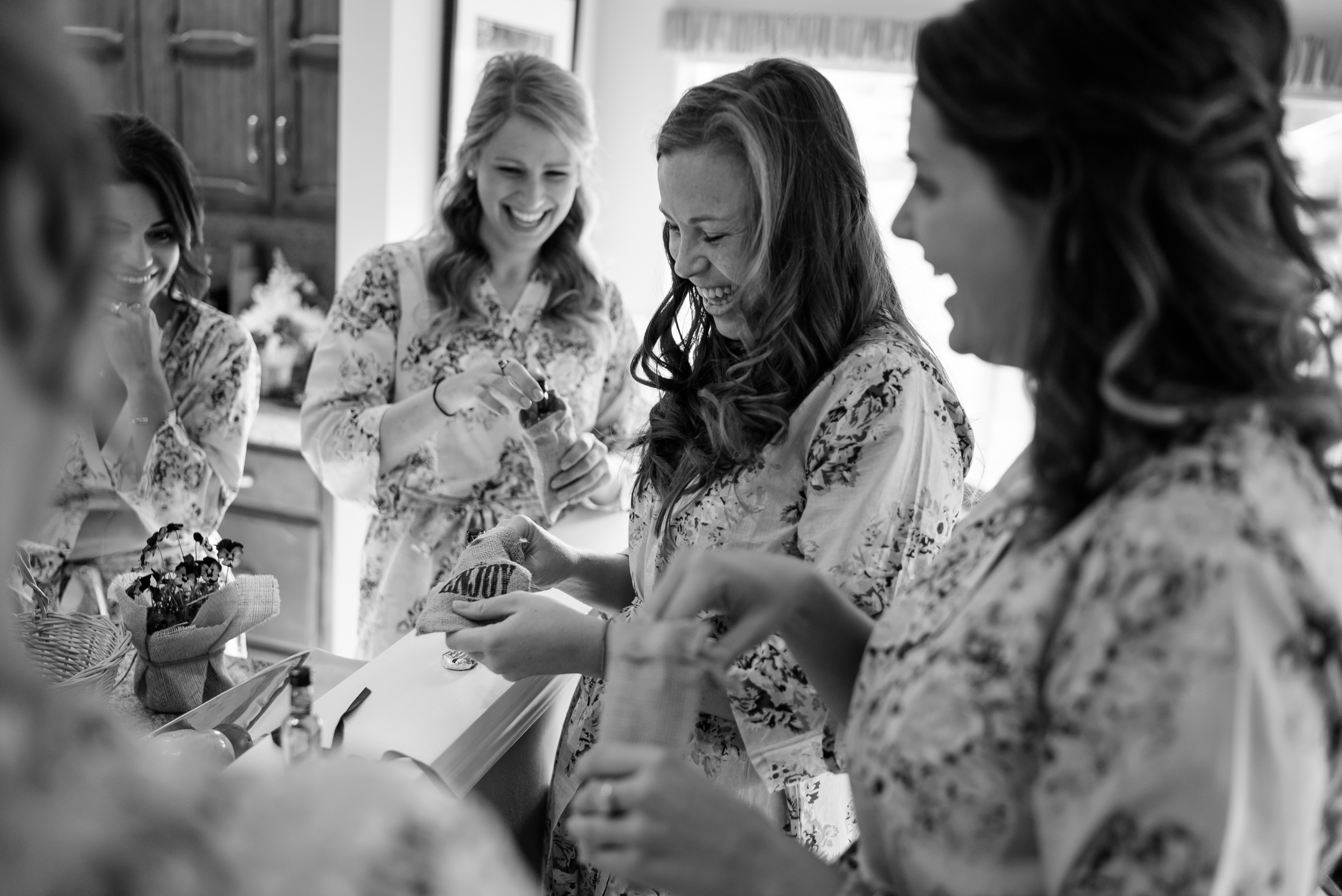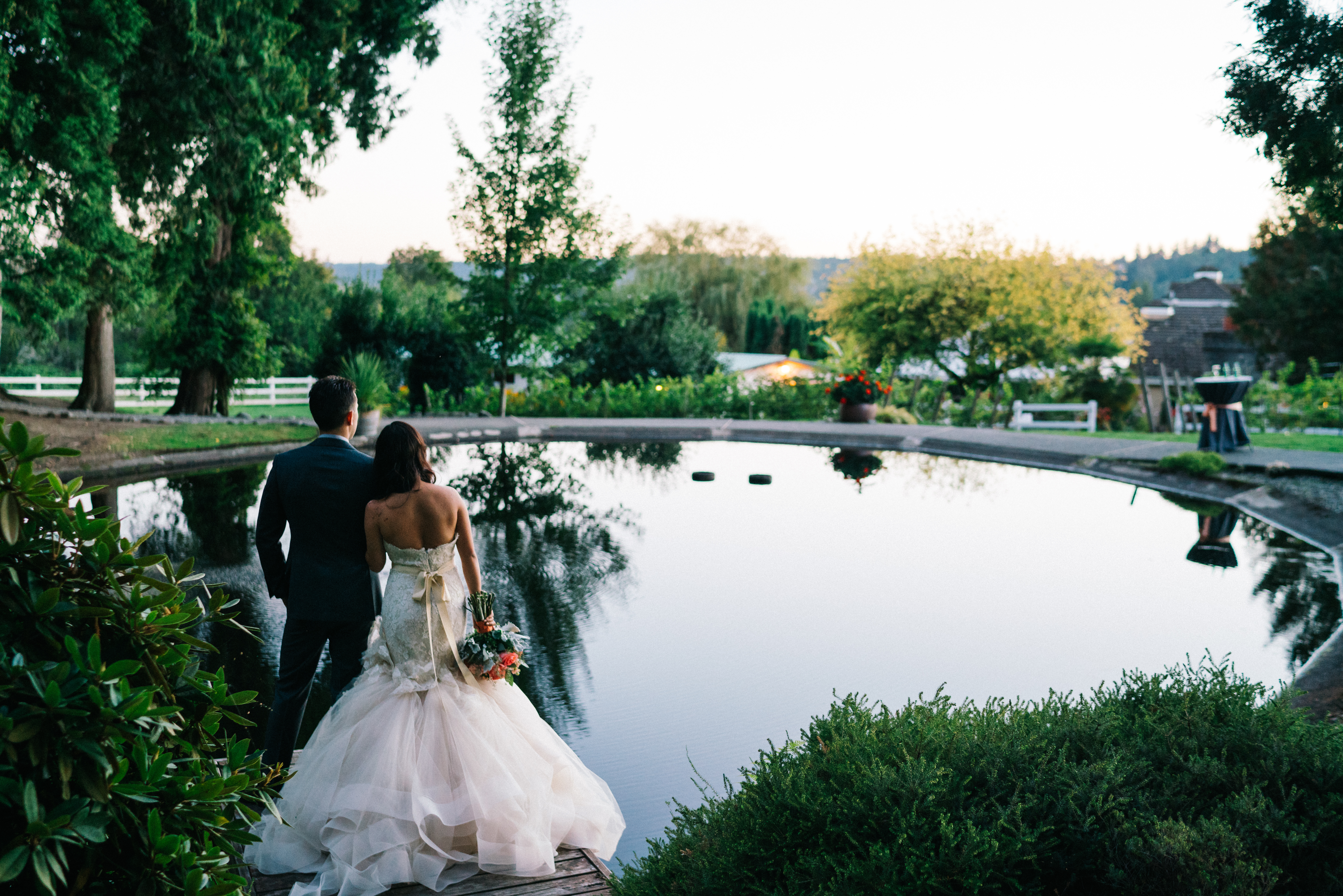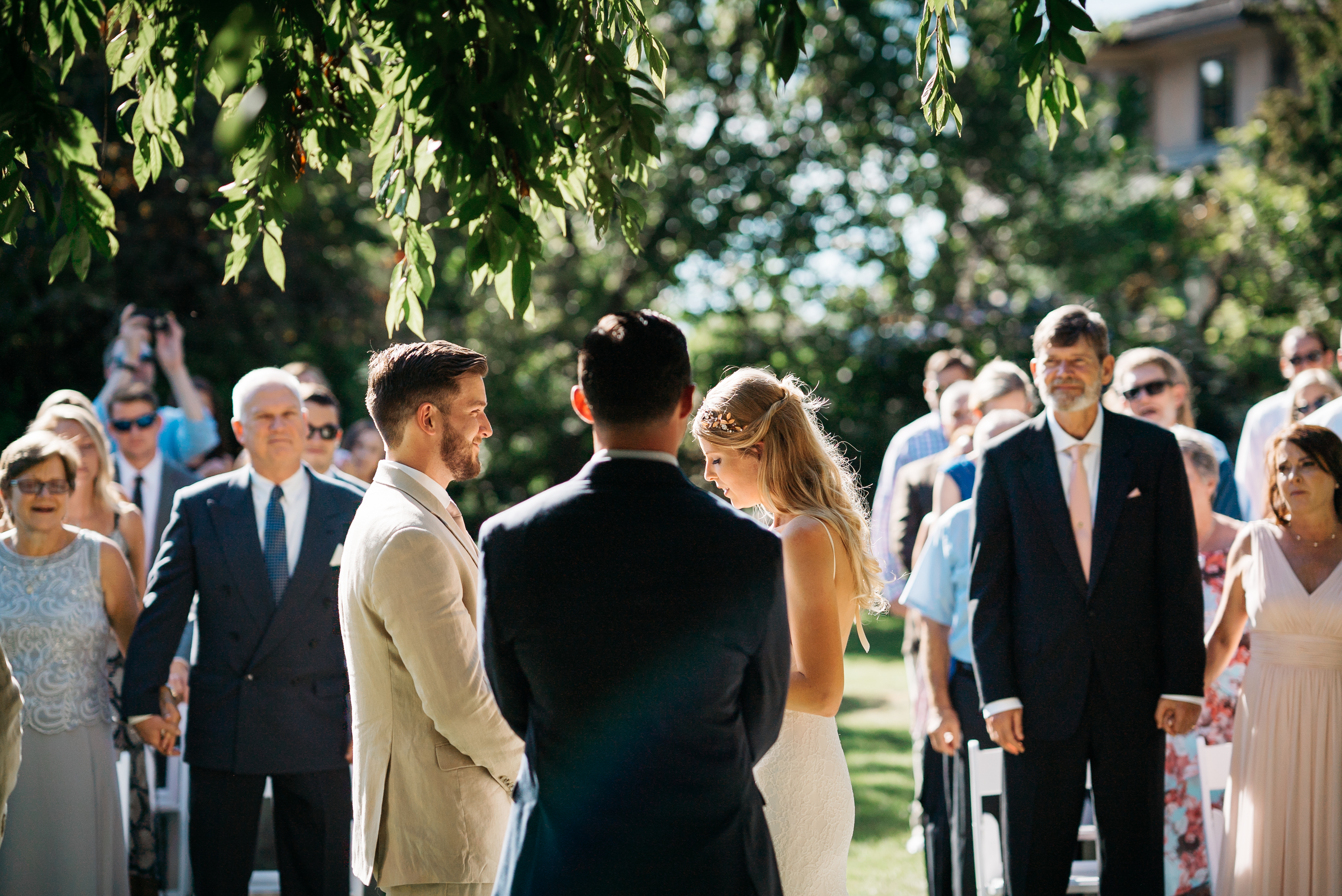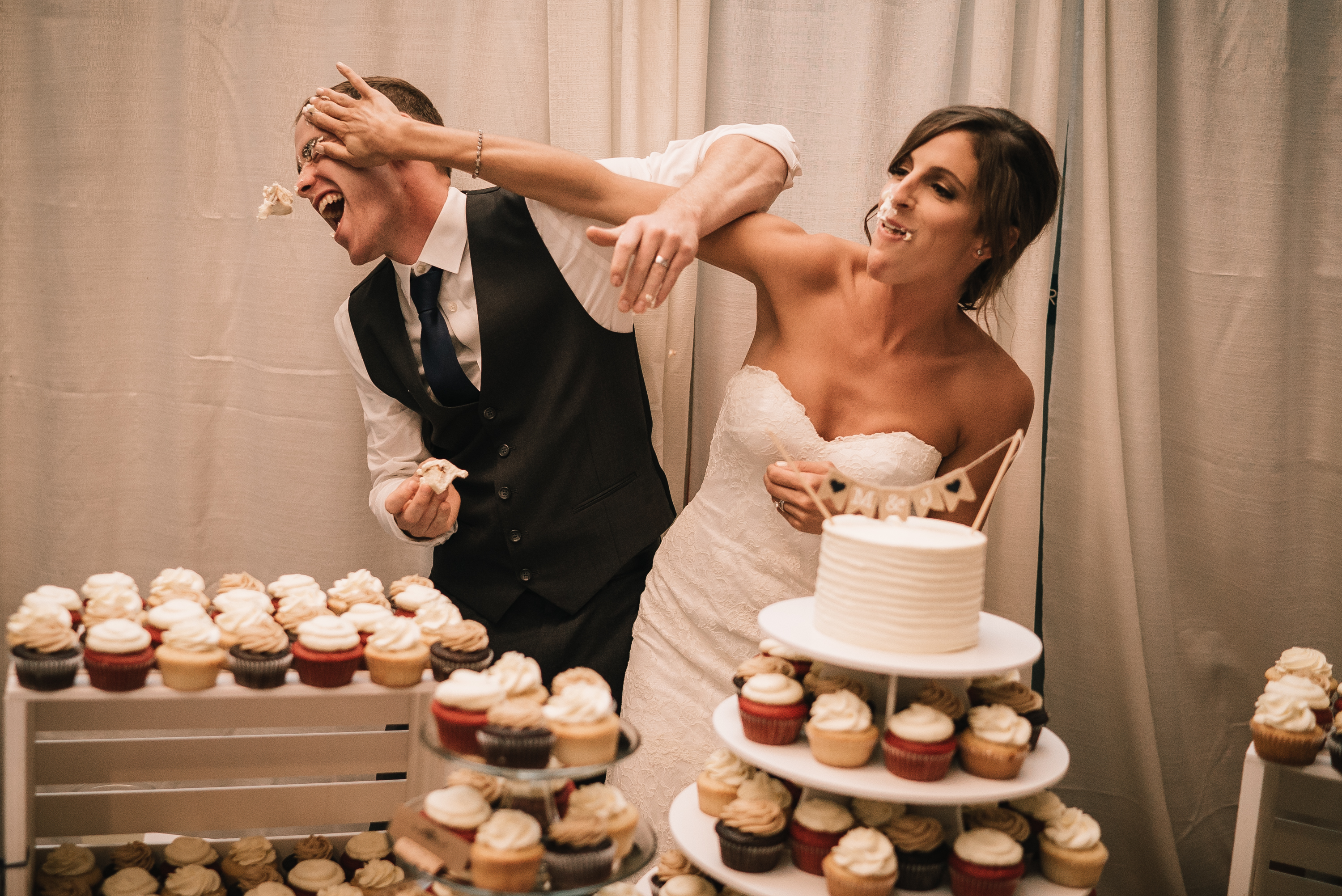Wedding Lighting Tips
Here you are planning your wedding, you’ve sifted through all the beautiful photos online, chosen your wedding photographer and now you’re hoping that your photographer will bust out some ninja magic and have a full set of outstanding images delivered to you. Yes, a good photographer will utilize natural light throughout the day to create beautiful images, but there are ways you can help, the biggest one of which is lighting! You can make a lot of decisions during the planning process to help make your day well lit from a photography standpoint. Understanding good lighting is pivotal in the type of images you receive from your wedding day. As a general guideline to light, harsh sun isn’t ideal it creates unflattering shadows and blown out highlights. Below we will talk about why the scheduling and the time of day is oh so important to the planning process! Here are some of the ways good lighting can help and what you can do about it…
1). The beginning of your day!

Deciding where to get ready for your wedding can be a challenge, but the light the space offers plays a role not only for the photographer but the makeup artist as well. As a rule of thumb natural light is always best and creates a more soft, truer color. Overhead lighting can cast some really unflattering shadows and skin hues, so find a room that has plenty of natural light from large windows. This may be a room you never thought to get ready in, like the living room, or it also may require some furniture to be moved out of the way to get closer to the light source. If there is really no possible way to utilize natural light, it’s always a great idea to find a place outside to finish up little last minute details.
2). What creates a great portrait?

Ask most any wedding photographer what their ideal wedding consists of and one of the things they will always mention is beautiful natural light. Natural light is a key component in most of the best portraits out there. There is a softness and beauty to be found using natural light than cannot be replicated with flash or other light sources. Most photographers suggest you arrange your wedding timeline to include a slot for portraits and with this there will need to be a great natural light source whether that be outside under the shade of a tree (yes, too much sun can be too much!) or a beautifully lit window.
3). Ceremony: Imagine walking down the aisle, what kind of photos do you imagine?

- An extremely bright and vibrant scene – the wedding was probably shot in the somewhat harsh mid-day sun. To get the best photos with this type of lighting both bride and groom will want to remain fully in the sun or fully in the shade…no one wants a cheetah print shadow on their face.
- A warm glow with less harsh shadows – the ceremony probably took place in the afternoon near sunset or under the shade of some trees. This is a photographer’s dream for a wedding ceremony and for portraits and you get to stay out of that hot melty summer sun! The groomsmen will thank you for this.
- A dark moodier feel – this wedding ceremony either took place in a church or cathedral or in the glow of candle light. The best lighting here is to make
(discuss backlit, shade, and which direction the ceremony should be facing depending on the lighting)
Make sure you to find some examples of ceremony photos you like and ask your photographer what time of day they think the photos were taken. Set your expectations on par with the time of day your wedding will occur and in what location the ceremony will take place.
4). Party time! The reception photos:

- There are a few of things to consider in regards to lighting your receptions. There are the details (tables, flowers, cake, etc) and again, as with portraits, these photos the best in a naturally lit area. You want to make sure to leave your photographer enough time to capture these details and the reception area (empty of guests) while you are either enjoying your time greeting your guests or during your cocktail hour, just sometime prior to sunset.
- Take a look at the surroundings by your head table. What is the lighting like where you will be sitting? Are you backlit? Maybe try moving your head table into a more evenly lit area. You want to make sure that lighting for speeches and first dances is great! Great lighting during your reception leads to some really awesome candid shots of laughter and tear-evoking moments, surely memories you want to be captured.
- Our favorite time of day, SUNSET! This will typically take place during your reception so please make sure to set aside 30mins near the scheduled sunset time for that day (www.timeanddate.com is a great place to find that information out) to step outside of your reception and take advantage of the best lighting your wedding day will have to offer. We call it the golden hour for a reason and it never disappoints (as long as rain isn’t an issue).
- The last thing to consider with lighting is the actual reception artificial lighting. If you have a wedding planner talk to them about the aspects or events you would light highlighted. For dancing, especially first dance, it is always a great idea to request that only white light be used and discourage the use of any additional colors at this time, no one wants a green spotted face during that dance! (they can add all the fun lighting later on during the open dancing). During this point in the reception photographers also use both on and off camera flash to fill in where the lighting may be a little too sparse.
Lighting impacts everything from start to finish of your wedding day so when looking for a photographer make sure to view their wedding day work from start to finish to get an idea of what they will bring to you as your wedding photographer. Your photographer should be equipped to handle any kind of lighting situation, but the easier you make things for them in the planning process for the big day the better! ????
comments